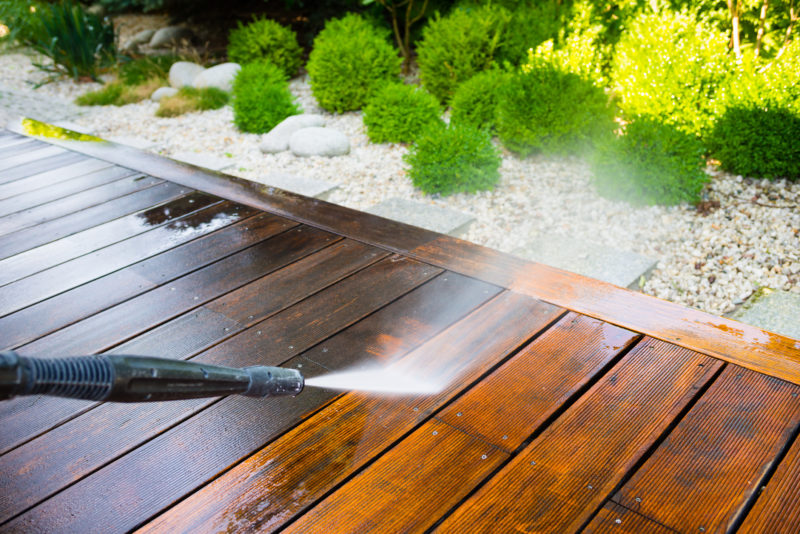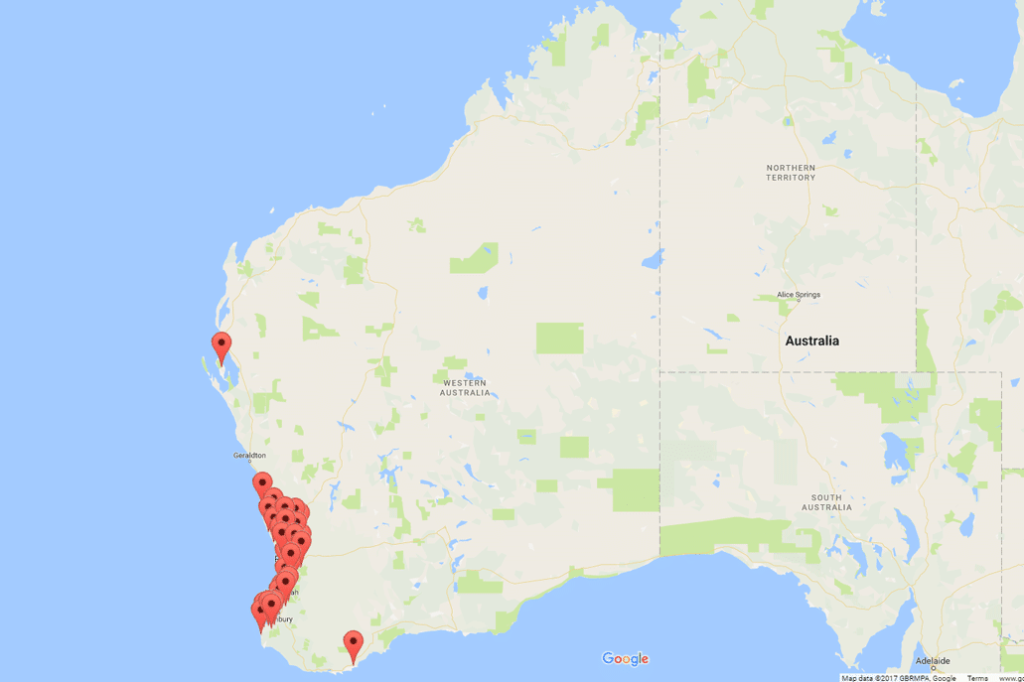Decks provide an outdoor living space for our homes; they are spaces where we can lounge about in beautiful weather and enjoy spending time socialising with family and friends. However, to make the most of these moments, it’s essential your deck is clean and nicely maintained.
Exposure to the great outdoors and regular general wear and tear means your deck needs to be maintained and cared for. As well as day-to-day cleaning and maintenance, the following deck maintenance tips and actions should be carried out at least once a year.
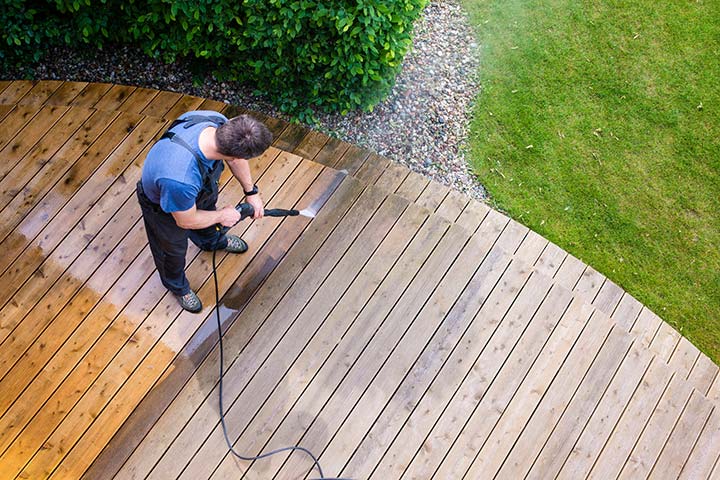
Washing and cleaning your deck
A thorough yearly clean of your deck is critical to the upkeep of your outdoor space. Letting leaves and dirt sit on your deck for long periods of time can lead to discolouration and encourage mould and rotting of timber decks.
As a starting point, sweep your deck to remove obvious debris and dirt from the surface. Use a soft-bristled brush or broom, and a deck wash or cleaning solution to scrub your deck’s surface – it’s important to choose one that’s appropriate for your deck. There is specialised timber deck cleaner for wood decks, and products tailored specifically for composite decks. Using a deck cleaner is crucial, as it will not only help wash away muck and build up but will also kill mould and mildew.
If you still feel your deck needs a more thorough clean, an oxygen bleach may be appropriate. Unlike chlorine bleach, these won’t remove the natural colour from the timber or composite deck and won’t damage your plants or garden.
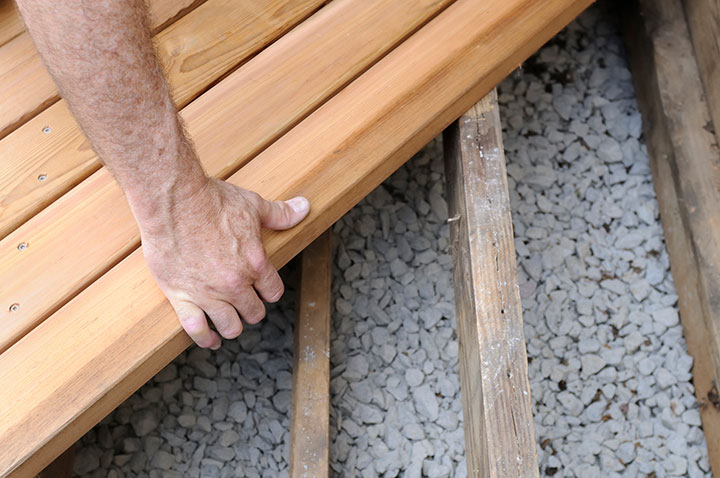
Deck repair and general maintenance
Once you’ve cleaned your deck, it will be easy to inspect it and identify any problem areas. Check for loose, split or rotten boards. It’s essential you repair these, fix them back in place, or replace them with new ones. If not, this can lead to further deterioration of the deck, as the boards may twist and warp.
As timber ages, it can swell and shrink, causing nails and screws to rise above its surface. If this is the case, simply grab a hammer and nail punch or screwdriver and work them back into place, slightly below the deck’s surface. If possible, replace any rusty screws or nails, as these can lead to discolouration of the deck and may cause the timber to become loose.
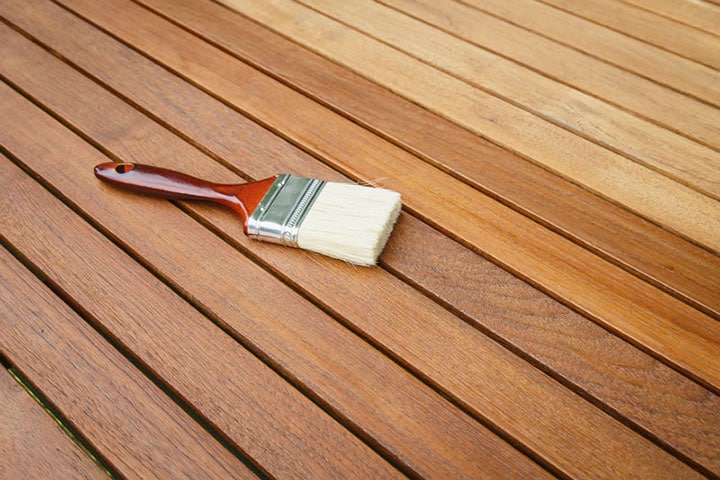
Sanding and sealing your deck
Before sealing and after cleaning, let your deck dry then sand it to remove any irregularities and splinters. This allows the sealant to properly sink into and be absorbed by the timber, protecting it. Often when the surface isn’t sanded back, the oil will not absorb evenly and it will lead to marks and uneven colouring.
It’s important your deck is sealed to stop it from cracking, splitting, and warping; coating your decking boards with a sealer will also help with your deck waterproofing. The appropriate deck sealer, deck stain or decking oil for your deck will depend on the type of material or decking product you’ve opted for; speak to your decking supplier to find the right sealer to use.
As a rule, protecting with a penetrating sealer will deliver the best results. Deck paint and sealers that remain on the surface tend to fade and peel, quickly making your deck look worn.
It’s also worth remembering that most composite decks don’t require a sealant or staining – so if you’re considering replacing decking boards or building a deck, this might be the best option.
A final note
Taking the time to wash and clean, repair, and sand and seal your deck annually will quickly have it looking like new, making it a great space for you to spend time year-round and protecting your investment for the term.
Want more information on all things decking? Check out our decking blog or contact us today!
